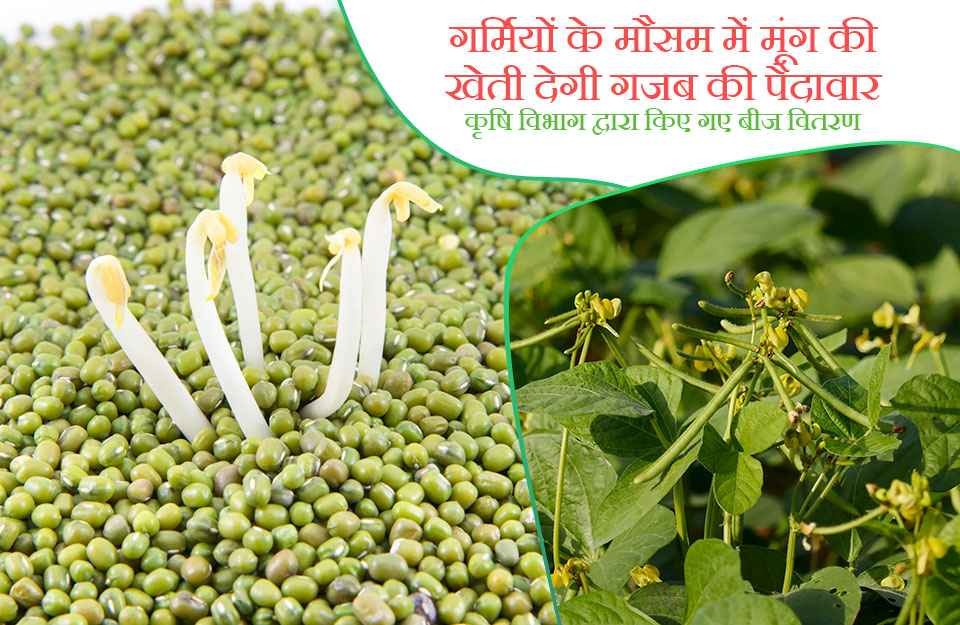
Mung beans hold a critical position among the pulses cultivated in India. By growing mung, farmers can achieve improved yields and increased profits. To encourage mung cultivation during Bihar's hot season, the agricultural department is distributing seeds to farmers. Mung is not only rich in protein but also boasts a significant iron content, ensuring strong demand in the markets.
According to Sanjay Kumar Agrawal, over 80% of mung cultivation in Bihar occurs during the hot season. The Bihar State Seed Corporation has distributed 33,307 quintals of mung seeds to 4,06,107 farmers across the state.
Seed Treatment Techniques: During the sowing of summer mung, farmers should target approximately 20-25 kilograms per acre. Treating seeds with 3 grams of thiram fungicide per kilogram helps protect seeds and soil from diseases. Moreover, soaking 600 grams of rhizobium culture in 1 liter of water, adding 250 grams of jaggery, and treating the seeds with this solution before sowing ensures healthy crop growth.
Irrigation Schedule for Mung Crops: Summer mung crops require minimal water and can tolerate temperatures ranging from 25 to 40 degrees Celsius. Providing irrigation during flowering significantly enhances yields.
Benefits of Mung Cultivation for Farmers: Sanjay Kumar Agrawal highlighted that mung cultivation not only enriches crop rotation with rice and wheat but also enhances productivity and soil fertility. Mung crops exhibit resilience to high temperatures, enabling farmers to generate higher profits with reduced costs. Additionally, cultivating mung during the summer season offers dual benefits: farmers can harvest the pods for produce and utilize the plants as green manure after harvesting, thereby enhancing soil quality.